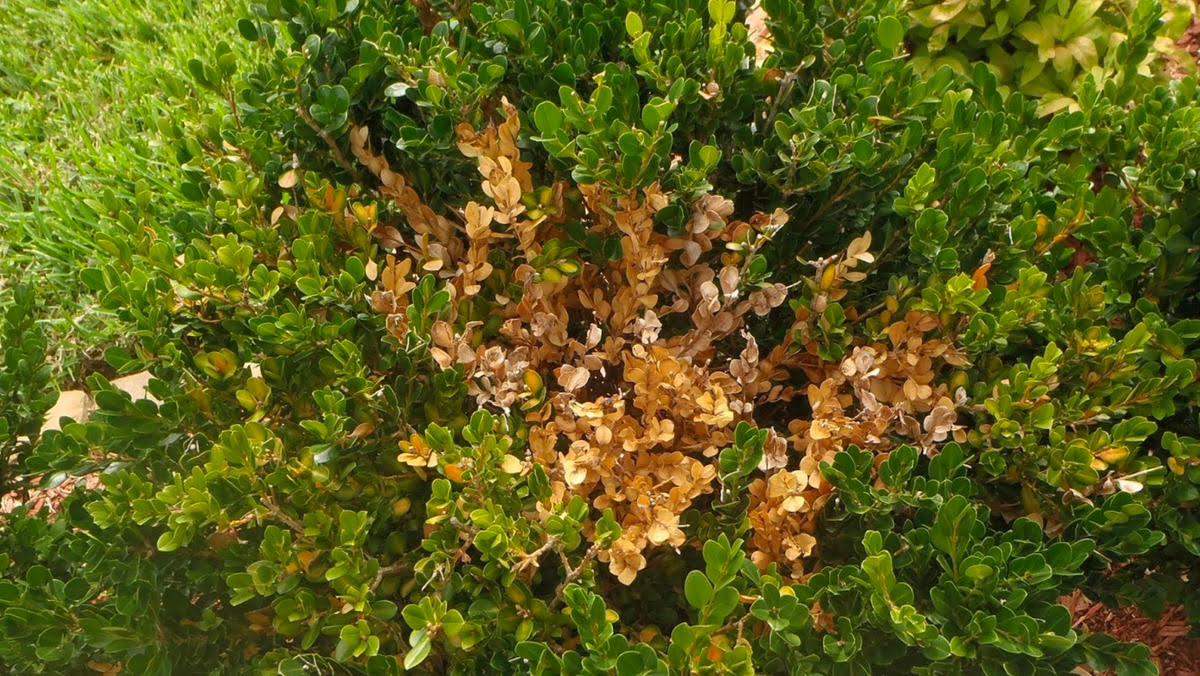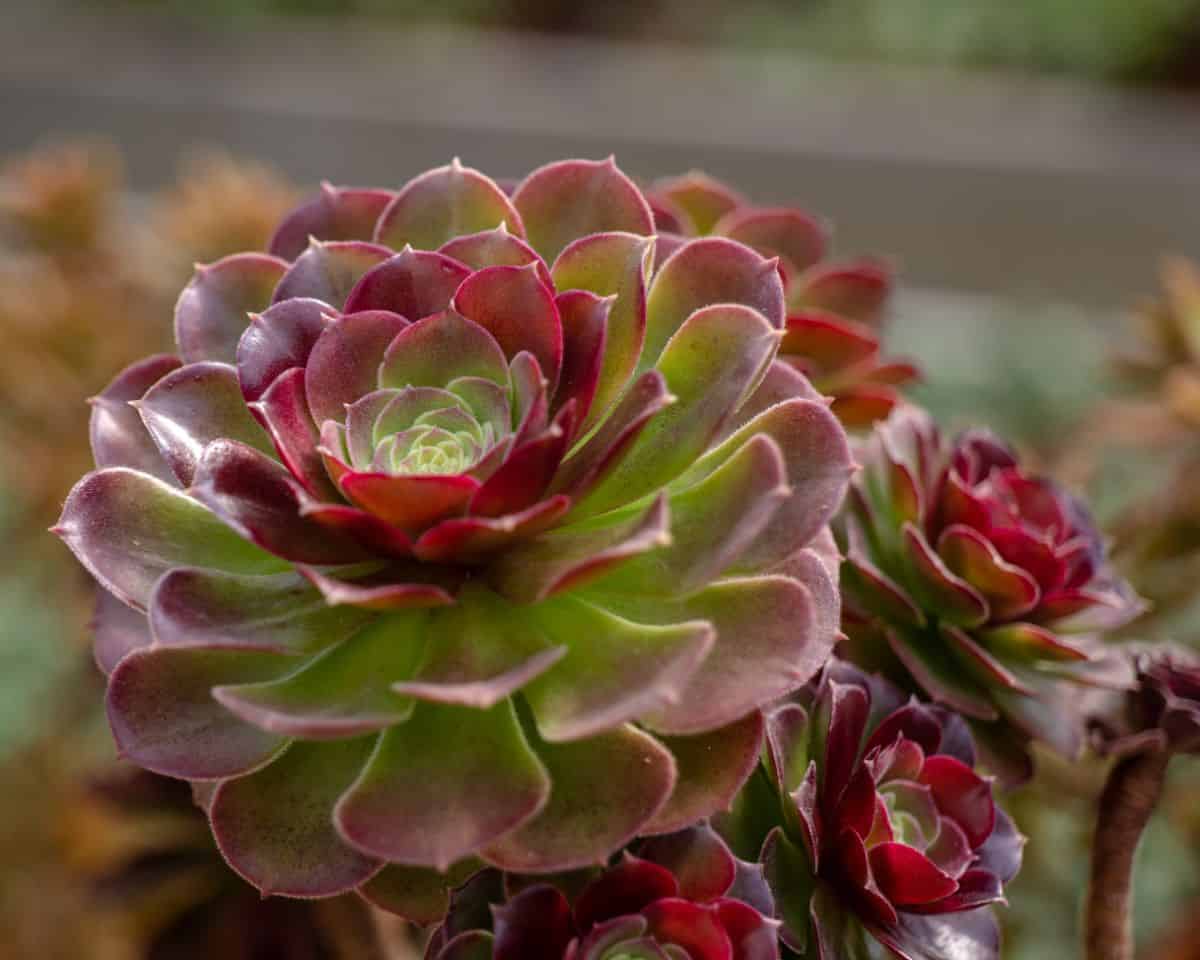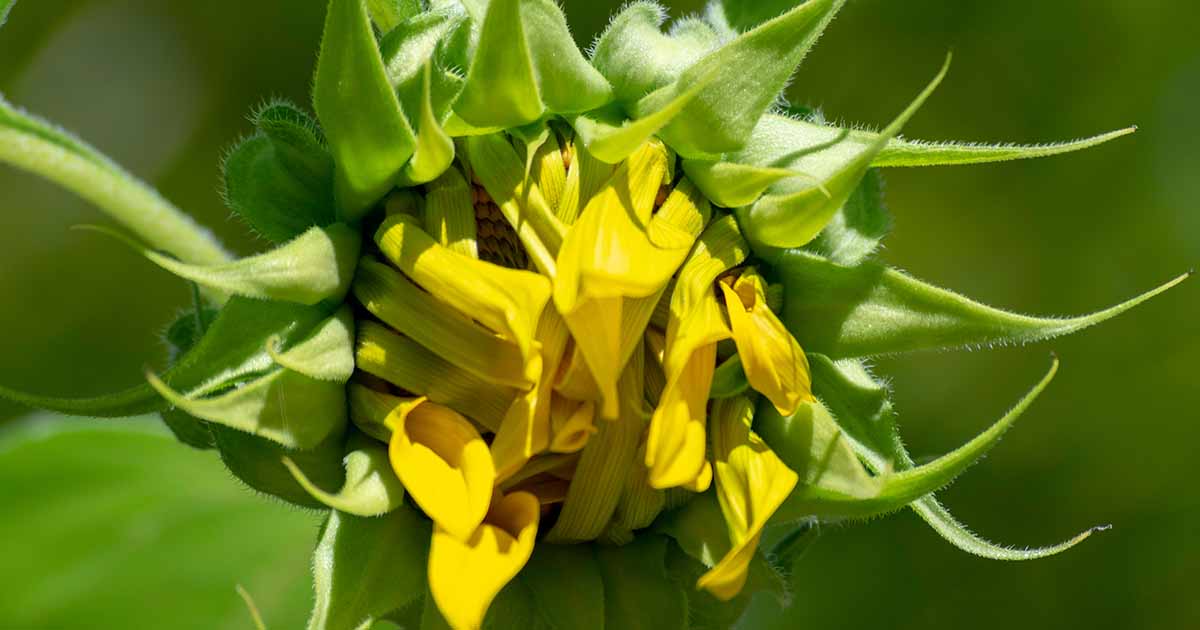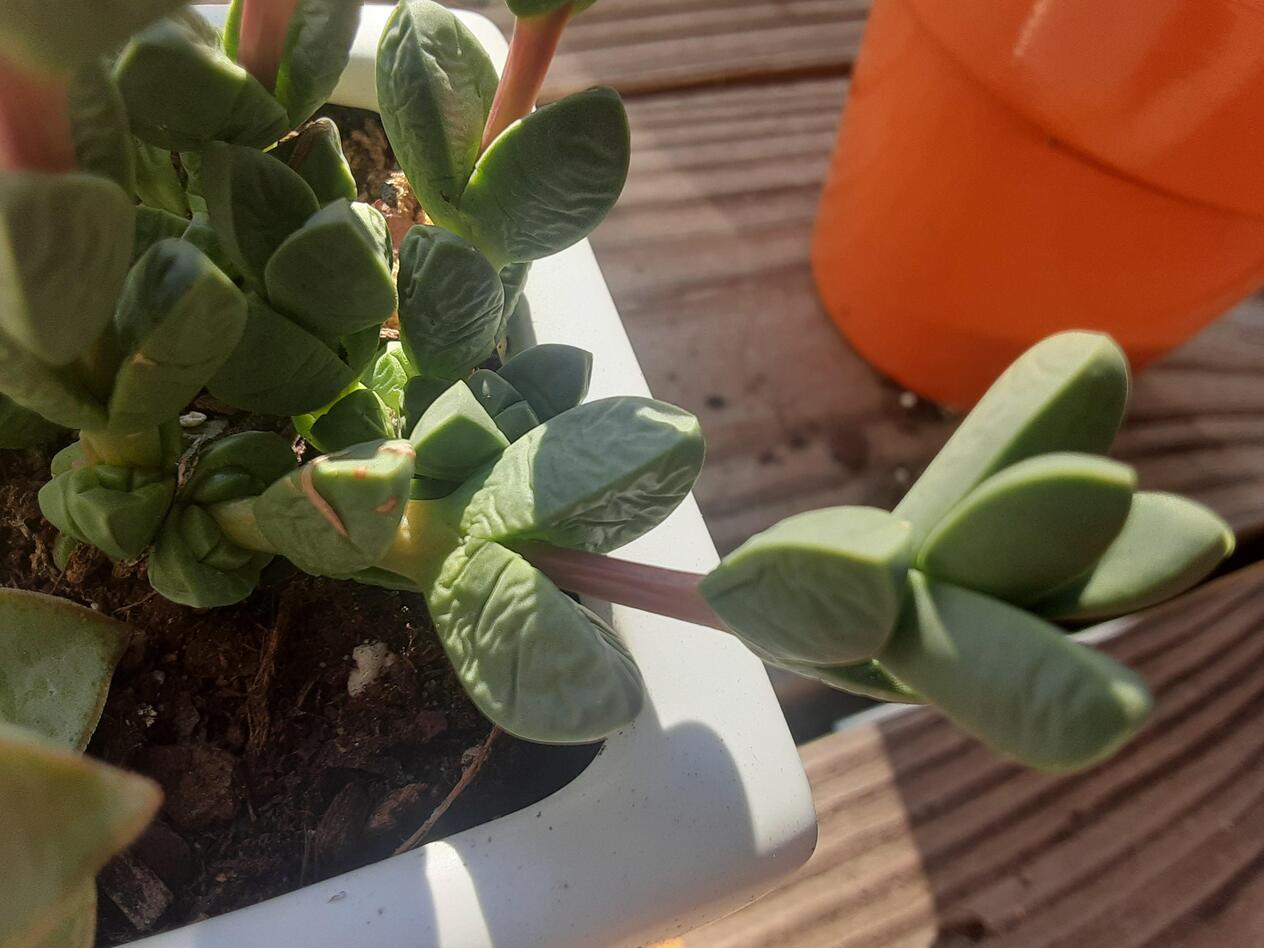Home>Types of Gardening>Ornamental Gardening>Why Are My Bonsai Leaves Turning Yellow


Ornamental Gardening
Why Are My Bonsai Leaves Turning Yellow
Modified: January 22, 2024
Discover the reasons behind yellowing bonsai leaves and learn how to address the issue in ornamental gardening. Find expert tips and solutions here.
(Many of the links in this article redirect to a specific reviewed product. Your purchase of these products through affiliate links helps to generate commission for Chicagolandgardening.com, at no extra cost. Learn more)
Table of Contents
**
Introduction
**
Bonsai trees are revered for their captivating beauty and the sense of tranquility they bring to any space. These miniature marvels, originating from the Japanese art of bonsai, require meticulous care and attention to thrive. However, as a bonsai enthusiast, it can be disheartening to witness the leaves of your cherished bonsai turning a worrisome shade of yellow. This phenomenon often serves as a distress signal from your bonsai, indicating that something is amiss in its environment or care routine.
The vibrant green foliage of a healthy bonsai is a sight to behold, exuding vitality and grace. When the leaves start to yellow, it's essential to delve into the potential causes and swiftly address them to restore your bonsai's vigor. Understanding the various factors that can lead to this discoloration is crucial for nurturing your bonsai back to its resplendent state. From environmental influences to watering practices, nutrient deficiencies, and pest invasions, each aspect plays a pivotal role in the overall well-being of your bonsai tree.
In this comprehensive guide, we will explore the multifaceted reasons behind the yellowing of bonsai leaves, empowering you with the knowledge to identify and rectify the underlying issues. By gaining insights into the intricate needs of your bonsai, you can embark on a journey to ensure its sustained health and vitality, allowing you to revel in the timeless allure of these captivating miniature trees. So, let's embark on this enlightening exploration to unravel the mysteries behind why your bonsai leaves may be turning yellow.
**
Environmental Factors
**
The environment in which a bonsai thrives significantly impacts its overall well-being, and changes in environmental conditions can lead to the yellowing of its leaves. Insufficient light exposure is a common environmental factor that can trigger this discoloration. Bonsai trees require ample sunlight to carry out photosynthesis effectively. When deprived of adequate light, the leaves may turn yellow as a sign of distress.
Conversely, excessive exposure to direct sunlight, especially during the scorching hours of the day, can also lead to leaf discoloration. This can manifest as a protective mechanism, as the bonsai attempts to shield itself from the intense sunlight. Understanding the specific light requirements of your bonsai species is crucial in maintaining an optimal balance and preventing leaf yellowing due to light-related issues.
Temperature fluctuations can also impact the health of a bonsai. Sudden drops in temperature, especially below the species’ tolerance levels, can cause stress and lead to yellowing leaves. In contrast, overly high temperatures can accelerate transpiration, potentially resulting in moisture loss and leaf discoloration.
Furthermore, inadequate humidity levels can adversely affect a bonsai, particularly those species that thrive in humid environments. Insufficient humidity can cause the leaves to dry out and turn yellow, signaling the need for a more suitable microclimate for the tree.
By meticulously managing the environmental conditions, such as light exposure, temperature, and humidity, you can mitigate the risk of leaf yellowing due to environmental factors. Understanding and catering to the specific needs of your bonsai tree’s natural habitat will contribute to its sustained vibrancy and lush foliage.
Watering Issues
Proper watering is paramount for the health of a bonsai tree, and deviations from the ideal watering routine can lead to leaf yellowing. Overwatering is a common culprit, causing the roots to suffocate due to the lack of oxygen in waterlogged soil. This impedes the uptake of essential nutrients, leading to nutrient deficiencies and, consequently, yellowing leaves.
Conversely, underwatering can also trigger leaf discoloration. When a bonsai is deprived of adequate moisture, its leaves may turn yellow and eventually brown as a survival mechanism to minimize water loss through transpiration. Understanding the specific moisture requirements of your bonsai species and monitoring the soil’s moisture levels are crucial in preventing leaf yellowing due to watering issues.
The type of water used for irrigation can also impact a bonsai’s health. Water with high mineral content, such as that from certain tap sources, can lead to salt accumulation in the soil, affecting the bonsai’s ability to absorb water and nutrients. This can manifest as yellowing leaves, signaling the need for adjustments in the watering regimen or the use of filtered water to mitigate the issue.
By mastering the art of watering your bonsai, striking the delicate balance between hydration and aeration, you can safeguard it from the perils of overwatering and underwatering. Tailoring the watering frequency and technique to suit the unique needs of your bonsai tree will contribute to its lush, green foliage, free from the distress of yellowing leaves.
Nutrient Deficiency
Adequate nutrition is essential for the optimal growth and vitality of bonsai trees. A deficiency in essential nutrients can manifest through various symptoms, including the yellowing of leaves. Nitrogen, phosphorus, and potassium are primary macronutrients crucial for a bonsai’s health. A lack of nitrogen, for instance, can lead to overall yellowing of the foliage, indicating the need for nitrogen-rich fertilization.
Phosphorus deficiency may cause the leaves to develop a purplish tint before turning yellow. This nutrient is vital for energy transfer within the plant and plays a key role in flowering and root development. Potassium deficiency, on the other hand, can lead to yellowing leaf margins and interveinal areas, indicating the bonsai’s need for this essential nutrient.
Furthermore, micronutrient deficiencies, such as iron and magnesium, can also contribute to leaf yellowing. Iron deficiency typically presents as interveinal chlorosis, where the leaf’s veins remain green while the interveinal areas turn yellow. Magnesium deficiency, on the other hand, can cause the older leaves to yellow while the leaf veins remain green.
Regularly assessing your bonsai’s nutritional needs and addressing any deficiencies through appropriate fertilization is crucial for maintaining vibrant, healthy foliage. By providing a balanced and targeted nutrient regimen, you can ensure that your bonsai receives the nourishment it requires to flourish, warding off the distress of yellowing leaves.
Pests and Diseases
Pests and diseases pose significant threats to the well-being of bonsai trees, often manifesting through symptoms such as leaf yellowing. Aphids, spider mites, and scale insects are common pests that can infest bonsai trees, siphoning vital nutrients from the leaves and stems. As a defense mechanism, the affected leaves may turn yellow, signaling the presence of these voracious invaders.
Fungal infections, such as powdery mildew and root rot, can also lead to leaf discoloration. Powdery mildew presents as a white, powdery growth on the leaves, often accompanied by yellowing and distortion. Root rot, caused by overly moist conditions and poor drainage, can compromise the bonsai’s root system, impeding nutrient uptake and resulting in yellowing foliage.
Bacterial infections can cause leaf yellowing as well. Bacterial leaf spot, for example, can lead to the development of yellow lesions on the leaves, eventually causing them to wither and drop prematurely. Identifying and promptly addressing pest infestations and diseases is essential for safeguarding the health and appearance of your bonsai tree.
Implementing preventive measures, such as regular inspection for pests, maintaining proper ventilation, and ensuring well-draining soil, can help mitigate the risk of infestations and infections. By fostering a resilient and disease-resistant environment for your bonsai, you can minimize the likelihood of leaf yellowing due to these detrimental factors.
Root Problems
The health of a bonsai tree’s roots is paramount to its overall well-being, and issues affecting the root system can manifest as leaf yellowing. Root-bound conditions, where the roots become densely packed within the container, can impede the tree’s ability to absorb water and nutrients, leading to leaf discoloration as a result of nutrient deficiencies.
Conversely, root rot, often caused by overwatering or poor soil drainage, can compromise the roots’ functionality, hindering their capacity to support the tree’s nutritional needs. This can result in yellowing leaves as a visible indicator of the underlying root distress.
Moreover, damaged or diseased roots can also contribute to leaf yellowing. When the root system is compromised, the bonsai may struggle to sustain its foliage, leading to symptoms such as yellowing and premature leaf drop.
Regularly inspecting the root system, ensuring proper drainage, and periodically repotting the bonsai to prevent root-bound conditions are essential measures for preserving the health of the root system. By fostering a robust and well-maintained root structure, you can mitigate the risk of leaf yellowing stemming from root-related issues, ensuring the sustained vitality of your cherished bonsai tree.
Conclusion
Understanding the intricacies of bonsai care is crucial for maintaining the health and vibrancy of these miniature marvels. The yellowing of bonsai leaves serves as a poignant indicator of underlying issues that warrant attention and remediation. By delving into the diverse factors that can contribute to leaf discoloration, such as environmental influences, watering practices, nutrient deficiencies, pest invasions, and root-related concerns, you can adeptly navigate the complexities of bonsai care.
Adhering to the specific light, temperature, and humidity requirements of your bonsai species is instrumental in mitigating the risk of leaf yellowing due to environmental factors. Meticulously managing the watering regimen, ensuring optimal moisture levels, and utilizing suitable water sources can safeguard your bonsai from the perils of overwatering and underwatering, preserving the lush greenery of its foliage.
Furthermore, addressing nutrient deficiencies through targeted fertilization and proactive pest and disease management are pivotal in nurturing your bonsai back to its resplendent state. By fostering a resilient and disease-resistant environment, coupled with regular root system maintenance, you can fortify the foundation of your bonsai’s health, minimizing the likelihood of leaf yellowing due to root-related issues.
By integrating these insights into your bonsai care routine, you can embark on a journey to ensure the sustained vitality and beauty of your cherished bonsai tree. Embracing the art of bonsai cultivation with attentiveness and dedication will not only enrich your experience as a bonsai enthusiast but also perpetuate the timeless allure of these captivating miniature trees for generations to come.








